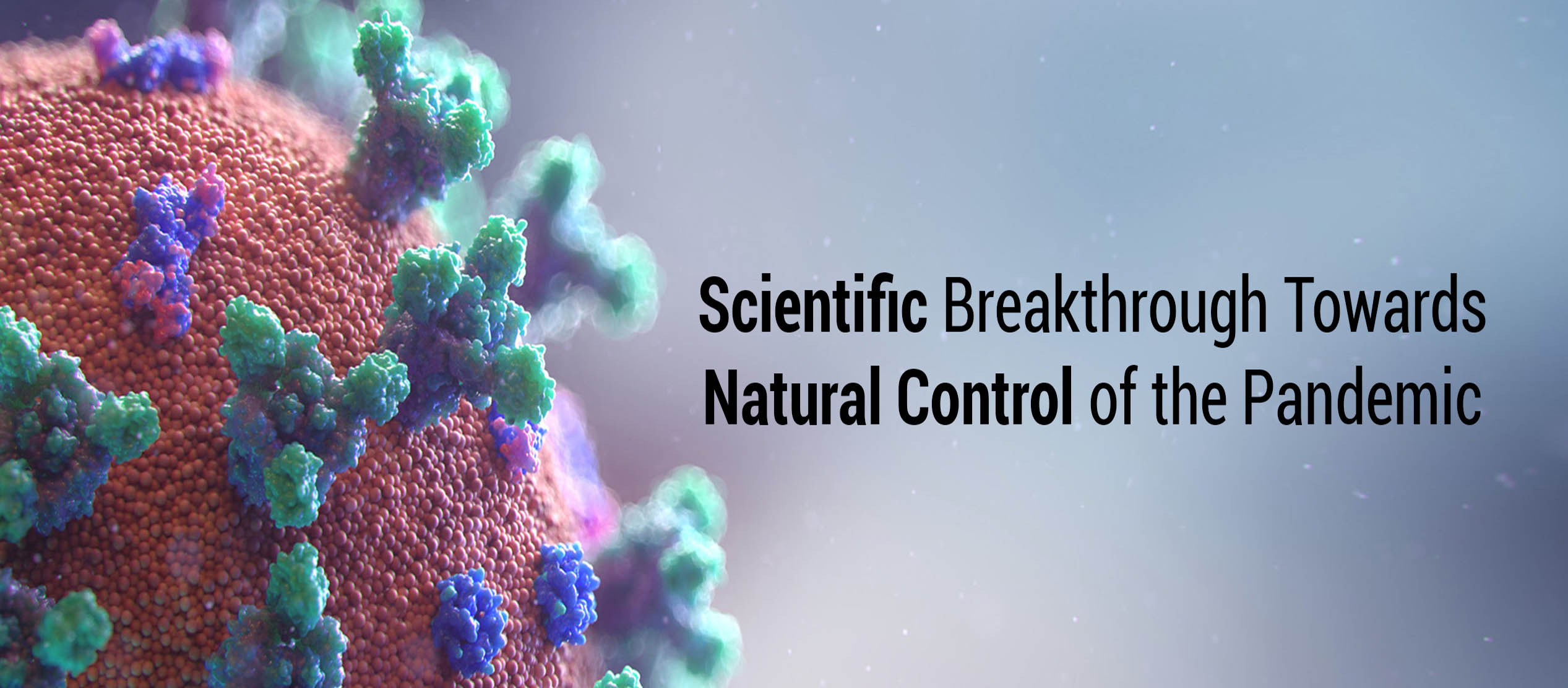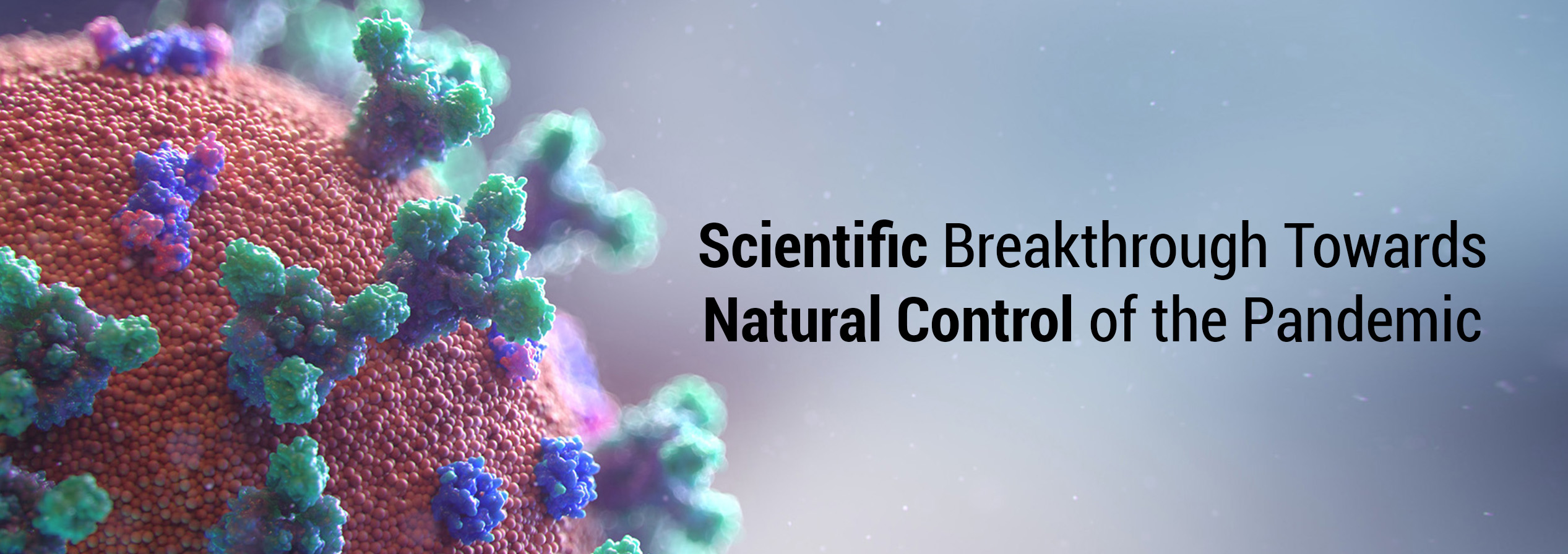M.W. Roomi, T. Kalinovsky, M. Rath and A. Niedzwiecki
Dr. Rath Research Institute, 1260 Memorex Drive, Santa Clara, CA 95050
Oncology Letters 2015; 9(6), 2871-2873
Abstract:
Strong clinical and experimental evidence demonstrates association of elevated levels of matrix metalloproteinase MMP-9 with cancer progression, metastasis and shortened patient survival, as it plays a key role in tumor cell invasion and metastasis by digesting the basement membrane and ECM components. MMP-9 is secreted in both the monomeric and dimeric form. Though there is little research on MMP-9 dimers, some studies have shown the dimer to be associated with more aggressive tumor progression as cell migration depends upon MMP-9 dimer, not the monomer.
In a previous study we found that MMP-9 dimer secretion patterns of cancer cells fell into different categories and that high MMP-9 and dimer secretion levels correlated with the most aggressive cancer cell lines. Cytokines and signal transduction pathways, including those activated by phorbol 12-myristate 13-acetate (PMA), regulate the expression of MMPs. The aim of this study was to examine the pattern of MMP-2, MMP-9 and MMP-9 dimer expression in human normal cells from various tissues treated with PMA. Epithelial, connective, and muscle tissues were selected since carcinomas, sarcomas, and adenosarcomas are derived from these tissue types, respectively. The cell lines were cultured in their recommended media and supplemented with 10% FBS and antibiotics in 24-well tissue culture plates. At near confluence, the cells were washed and fresh medium added. A parallel set of cultures was treated with PMA. After 24h incubation, media were collected and analyzed for MMP-2, MMP-9 monomer and dimer by gelatinase zymography. The results indicated that cell expression of MMP-2 and MMP-9 depended on their primary tissue subtype. All cell lines, regardless of tissue origin, expressed MMP-2. PMA induced MMP-9 expression in glandular epithelia, supportive connective tissue, and muscle tissue cell lines. However, cell lines of endothelial origin and proper connective tissue were insensitive to PMA. We observed no MMP-9 dimer secretion in any of the cell lines tested, which implies that cell migration is not supported by these cells
Running title: Normal cell absence of MMP-9 dimers
Keywords: MMP-9 dimers, normal human cell lines, PMA
Access: http://www.spandidos-publications.com/10.3892/ol.2015.3132
Full Study:




















